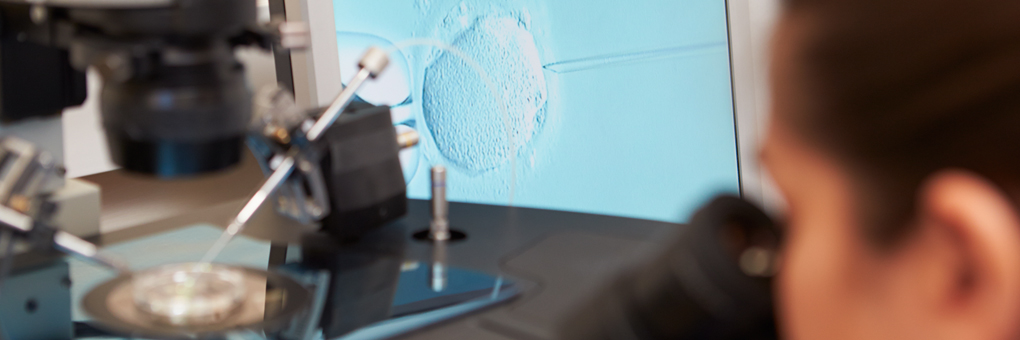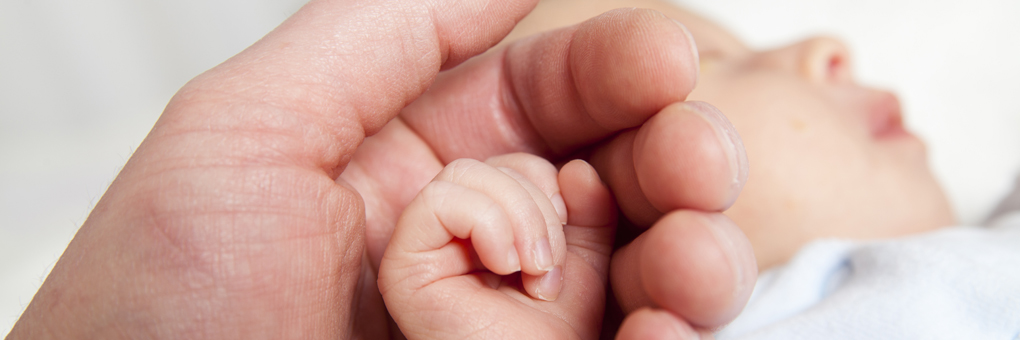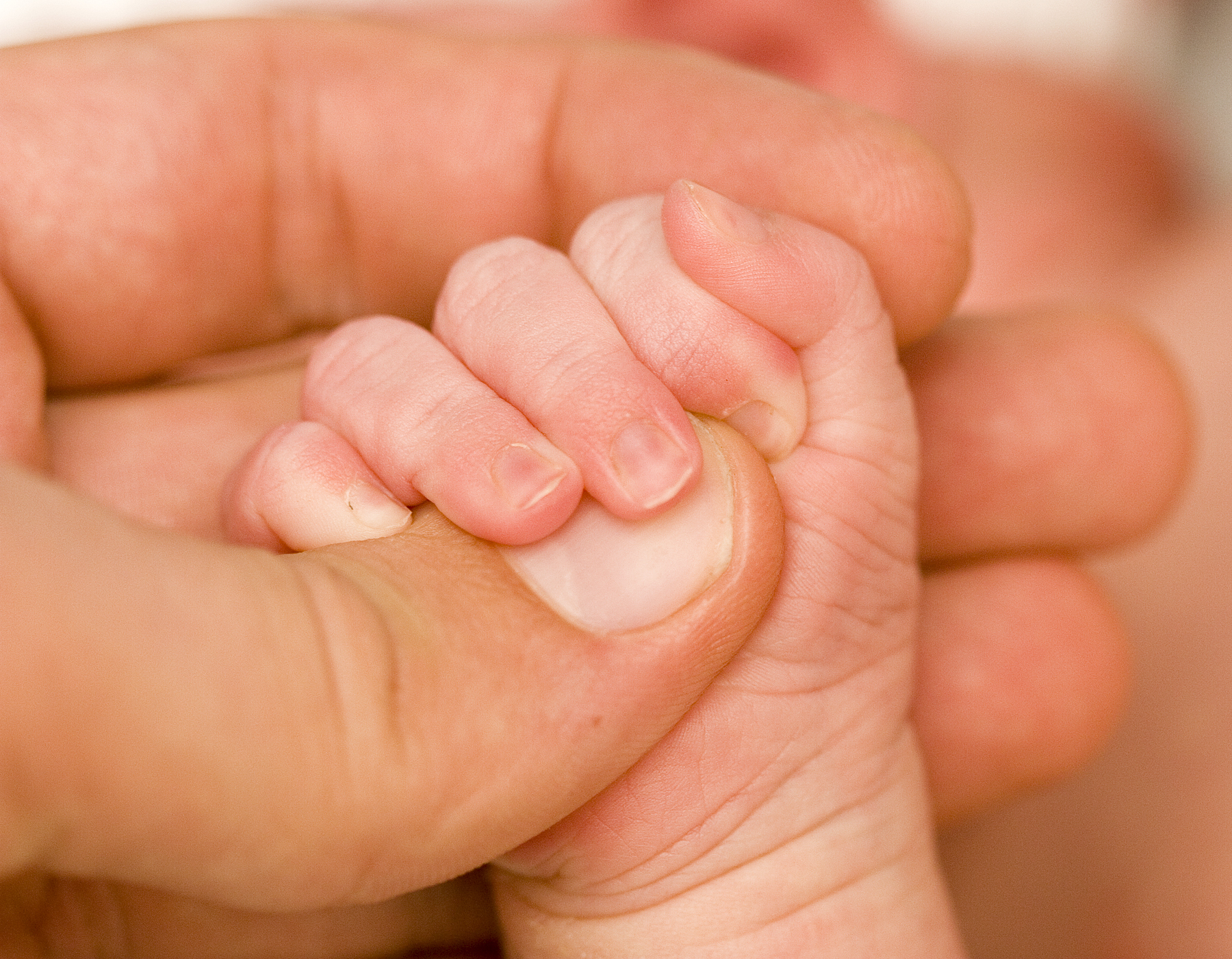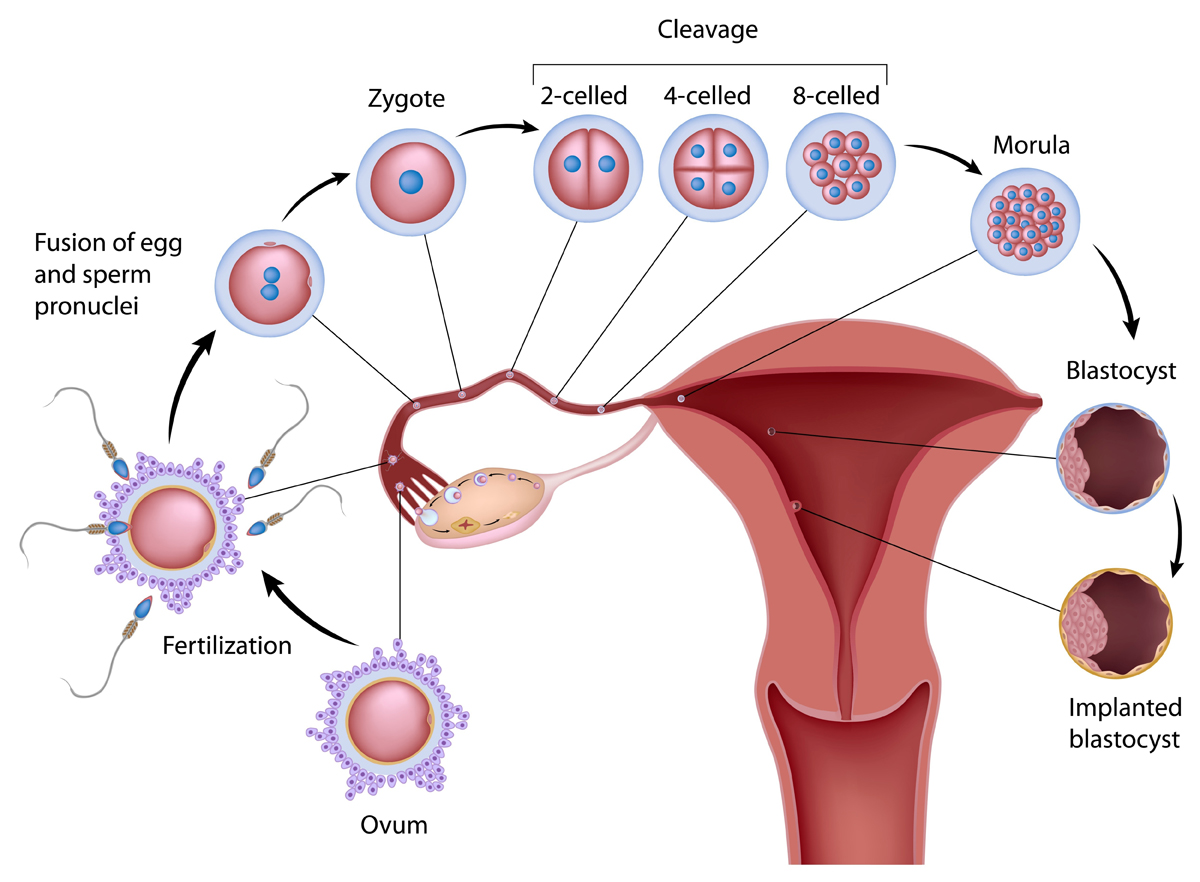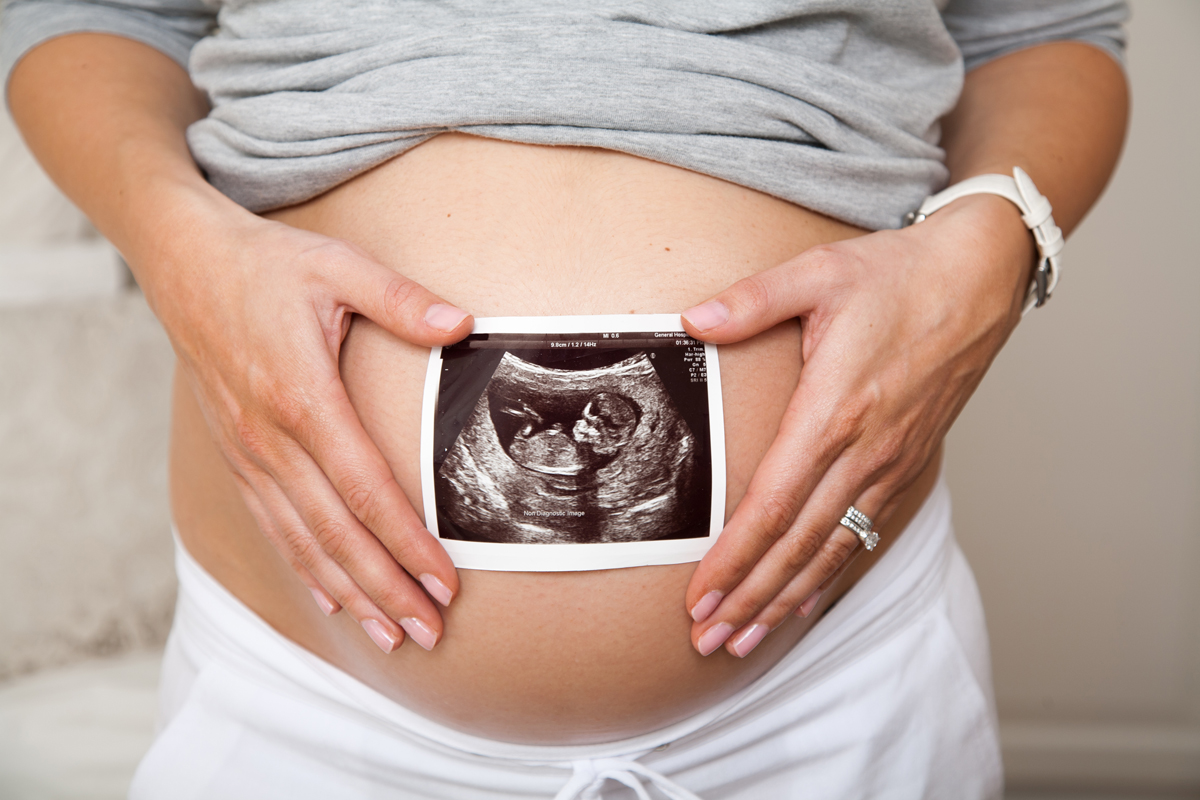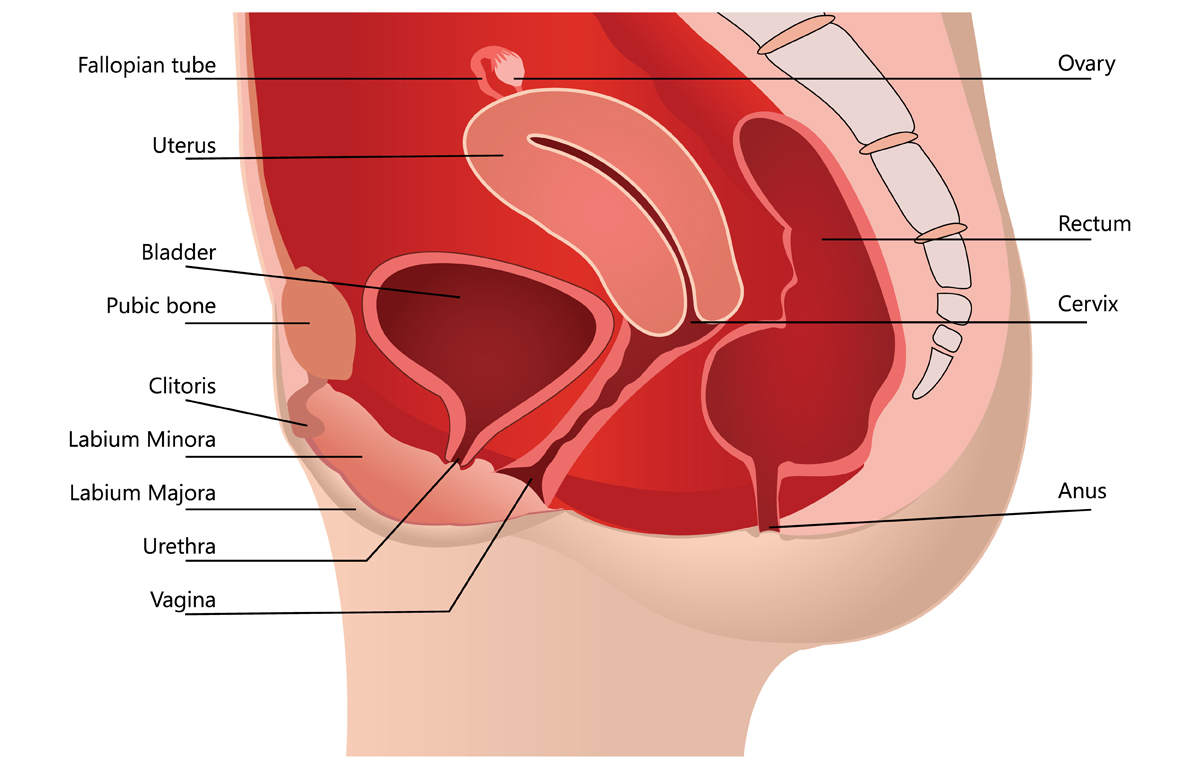
Graphical representation of female genital organs | Photo: Shutterstock
Among patients undergoing fertility treatment (IVF/ICSI/IMSI), the following question is repeatedly raised in the relevant forums:
“Could it be possible that my embryo may somehow ‘spill out’ of the uterus after embryo transfer?”
In this respect, it should be noted that the uterine cavity is not a true cavity in the classical sense of the term. The cavity is completely covered by the endometrium (lining of the womb), i.e. there is no empty space (see graphical representation of the uterus).
This means that the opposite sides of the endometrium are in contact with each other. Between them, there is a liquid film covering the mucosa where the embryo sticks to. As an example, imagine some moist leaves sticking to a glass pane, a phenomenon which is only due to the leaf’s “airtight sticking” to the pane. Although the endometrium is not completely level, the viscose liquid film is sufficient to make the embryo adhere to it.
This biological background takes us to two factors that are given by the laws of physics. Read more…






